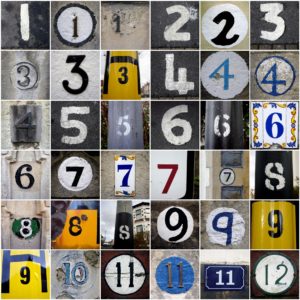 September for the bee colony means drones are beginning to disappear, the queen’s egg laying decreases drastically, and the overall colony’s population is dropping. The honey beekeeper is tasked with feeding, consolidating, treating, and guarding.
September for the bee colony means drones are beginning to disappear, the queen’s egg laying decreases drastically, and the overall colony’s population is dropping. The honey beekeeper is tasked with feeding, consolidating, treating, and guarding.
Approximately 60-80 pounds of honey stores are recommended to bring a colony through the winter (as a minimum). Estimate the weight of honey in your supers one of two ways:
1) Use one arm to tilt one side of the box or boxes up. It should be noticeably heavy.
2) Using arithmetic, calculate the weight. One western frame of honey weighs 3-3.5 pounds and a deep frame of honey weighs roughly 7-8 pounds.
If feeding is indicated feed with a syrup of 2 parts sugar to 1 part water, a mixture which resembles honey so the bees tend to store it for winter. “Sugar” means plain, white granulated sugar and not brown sugar, molasses, sorghum, or fruit juices as these all have impurities that can cause dysentery in bees.
Feeding can be accomplished by either installing (1) an internal frame feeder which takes up 1 or 2 frame slots or (2) a hive top feeder using inverted containers of syrup over the opening of the inner cover. Entrance feeders are not recommended in the fall because they attract yellow jackets.
It is estimated that 1 gallon of heavy syrup may increase colony reserves by about 7 pounds. Be attentive to how much you feed. If the brood area is filled with honey the brood area available to the queen is diminished. There should be two or more frames of pollen in a deep brood box and perhaps three or more in a western brood box. Pollen supplements can be purchased or made if pollen is in short supply. Occasionally, excess pollen can clog the center frames and should be replaced with empty drawn comb.
Compress the population into small number of boxes so each is densely covered with bees. Bees do best on combs that were used for brood rearing. Be sure any frames of foundation are replaced with drawn comb. Remove all bee escapes and queen excluders. Combine weak hives with strong ones – as long as both are healthy – using newspaper technique and the strong hive on top. Don’t try to save a sick hive. There is still time to requeen if the queen is ready to lay. It is too late in the season to make splits and expect a colony to requeen itself.
Guard against mice entering the warm hive by restricting the 3/8 in. entrance. Complete your treatment for mites toward the end of the month.
It is time to bring hives that have been in the mountains for fireweed forage down to lower elevations. Lowland forage of interest to bees includes Cranesbill geraniums, bindweed, asters, dahlias, autumn crocus, hydrangea paniculata, and heptacodium.
Bee Fact: A bee spends 10-187 minutes collecting pollen. 500-600 square inches of stored pollen reserves is needed for winter.
Bee Facts from ‘The Beekeeper’s Handbook” by Sammataro and Avitabile